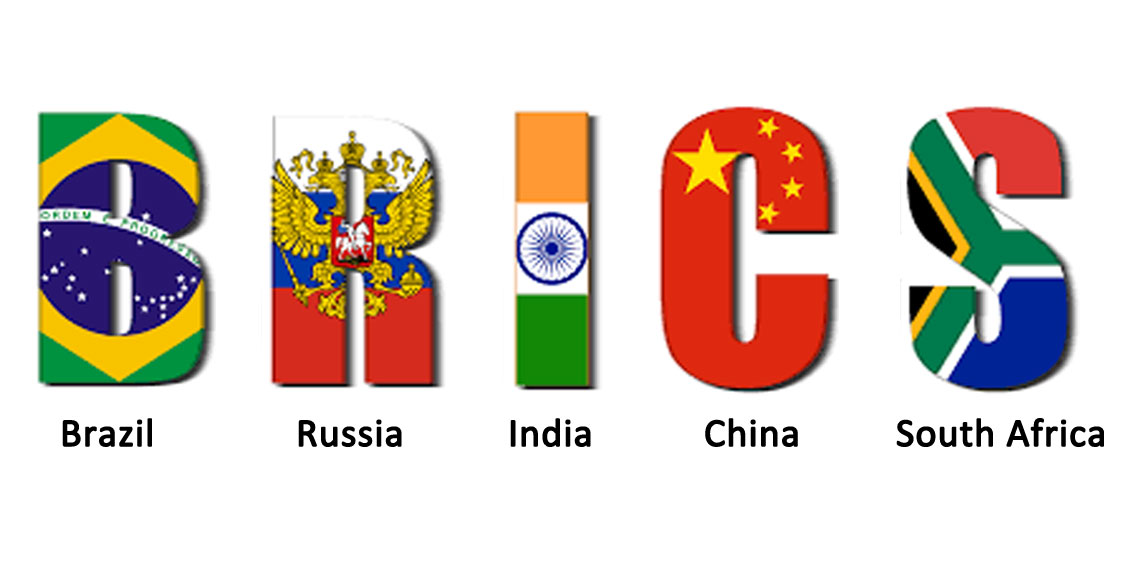BRICS NATION BOND RATE EASING OUT

Brazil's 10-year government bond yield bottomed around 13%, moving away from an over six-year high of almost 14% reached on November 23th, as worsening economic conditions in the South American country prompted some rush for safety. Brazil's economic growth slowed more than expected in the third quarter of 2022 as tightening financial conditions dented household spending, underscoring challenges facing President-elect Luiz Inacio Lula da Silva in 2023. Despite this recent pullback, Brazil's long-dated government bond yields are expected to remain somewhat elevated amid mounting concerns about Brazil's public finances. Lula is considering increasing public spending despite warnings about rising debt levels after significant outlays through the pandemic. On the policy side, Brazil's central bank has already pushed interest rates to 13.75% from a record low of 2% in March last year while hinting at cutting rates from June 2023 despite uncertainty regarding the inflation path.
The yield on the 10-year OFZ bond rose to 10.2% in December, hovering close to levels last seen in late September after the CBR held rates at 7.5% and underscored inflationary risks, limiting the likelihood of more interest cuts. Persistent risks that war efforts pose on the Federal Government’s finances also pressured OFZ prices. President Putin allocated RUB 8 trillion from higher taxes in oil and gas revenues for 2023-25, raising concerns about stable financing amid volatility in energy markets and sanctions against Russian energy exports. The budget assumes a deficit of 2% of GDP in 2023 and 1.4% in 2024, wiping out the strong surplus position observed in the first three quarters of 2022. The document also assumed RUB 2.9 trillion to be used from Russia’s rainy-day National Welfare Fund, an unprecedented move that underscores the unsustainability of higher spending. Lastly, yields were supported by increased OFZ auctions for further fiscal support amid the EU’s oil embargo.
The yield on the Indian 10-year government bond eased slightly from the two-week high of 7.3% touched on December 9th as fresh data showed that consumer inflation slowed considerably in November, easing expectations of how high the RBI will raise interest rates. Retail price growth fell to 5.9% annually in the period, slowing from 6.8% in the previous month and well below expectations of 6.4%. It was the first month that inflation was kept within the RBI’s upper threshold of 6% since December of 2021, ramping up hopes that the end of the bank’s tightening cycle could be soon. In its latest meeting, the central bank raised its key repo rate by 35bps to 6.25% and signaled that it will not raise rates at a faster pace in the current hiking path. Still, the retreat in bond yields was limited as the Indian parliament sought the approval of INR 4.36 trillion for further spending this year, raising credit risk.
China’s central bank pumped more cash than forecast into the banking system in December, in a move that’s expected to bolster bonds roiled by the nation’s abrupt Covid policy shift.The People’s Bank of China injected 650 billion yuan ($94 billion) via its one-year medium-term lending facility on Thursday, more than the 500 billion yuan due this month. Five out of the eight economists surveyed by Bloomberg prior to the operation expected a rollover of just the maturing amount. It’s the first net injection of cash via MLF since March. Meanwhile, China’s benchmark 10-year bond yield was little changed, while the onshore yuan edged lower to around 6.96 per dollar.
South Africa's 10-year government bond yield was around 10.2%, the lowest since November 24th, after the majority of South Africa's parliament voted not to initiate impeachment proceedings against President Cyril Ramaphosa over alleged misconduct and violation of oath of office. Investors were spooked in recent weeks by the uncertainty surrounding the fate of Ramaphosa and the continuity of his reform agenda. On the monetary policy front, the Federal Reserve moderated its tightening campaign to cool US inflation, lifting the benchmark lending rate by a half percentage point though warning there is still "some ways to go". On the domestic monetary policy front, the South African Reserve Bank is poised to continue its tightening cycle following another big rate hike of 75 bps at its November 2022 meeting.


